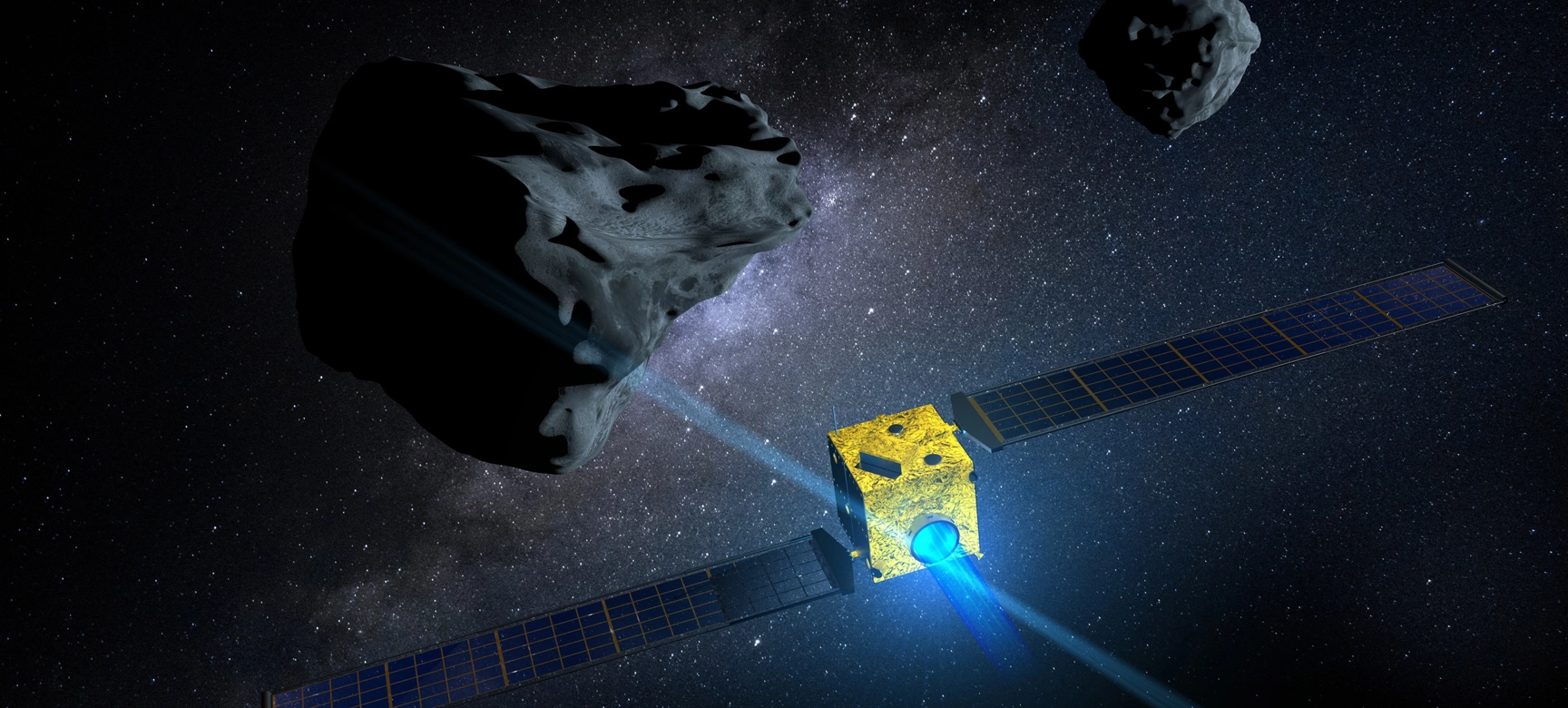
30 June 2023
66 million years ago, dinosaurs were the invincible kings of the cosmos. And then, suddenly, they weren’t - after a 6-mile (10-kilometre) wide asteroid crashed into the Yucatán Peninsula of Mexico and triggered catastrophic living conditions.
Could the same happen to us? An increasing number of credible voices believe so, unless we act fast. >>>
Today (30th June) is Asteroid Day, the UN-sanctioned date on which scientific and business leaders join force with high-profile astronauts and rockstars like Brian May (Queen) and Peter Gabriel (Genesis) to stimulate debate about the collision threat of asteroids, comets and other Potentially Hazardous Objects (PHOs).
30th June is significant, for it was on this day in 1908 that Earth experienced its biggest PHO incident in recorded history: the ‘Tunguska Event’. An asteroid the size of a 25-storey building ‘exploded’ 3 to 6 miles (5 to 10 km) above Siberia, Russia, generating shockwaves that obliterated 80 million pine trees and their resident reindeer. Three people are thought to have died.
Such events shouldn’t surprise us. Earth is bombarded daily by tonnes of solar ‘sand’ which burns up as it enters our atmosphere for us to marvel at as fireballs, and we’ve likely been having near-misses with asteroids our whole existence. We’re just fortunate that our precious planet is pretty tiny in the universal scheme of things so is usually missed.
But one day our luck could run out
A sharp reminder came in 2013 when another asteroid exploded 18.6 miles (30 km) above Chelyabinsk, Russia. Its shockwaves shattered 1 million windows in a 60 mile- (97 km)- radius, injuring nearly 1,500 people.
Although the first Near Earth Asteroid (NEA) ‘Eros’ was identified in 1898, neither the 1908 nor 2013 impacts were anticipated. Fortunately, our ability to monitor asteroid activity is escalating quickly: there are now more than 31,500 NEAs on JPL’s Sentry Risk Table, half of which were discovered in the last six years. So when in March this year Asteroid 2023 DZ2 (‘Dizzy’) dipped within 109,000 miles (175,000 km) from Earth - less than half the distance to the Moon - experts were able to warn us that it could return on a collision course with Earth in 2026.
Whilst, thankfully, the threat was subsequently downgraded this emphasised that if we’re to avoid going the way of the dinosaur, we need early warning and rapid response capabilities.
To progress the latter, space agencies are seriously investigating various asteroid deflection options including:
- Gravity tractor: flying a spacecraft alongside a PHO and using its gravity to drag the PHO off course
- Blast deflection: using nuclear explosives to destroy or divert a PHO
- Kinetic impaction: a cosmic game of snooker, in which a space probe is the ‘cue’ that strikes the asteroid like a ‘cue ball’ to alter its trajectory.
Only the last one is geopolitically acceptable and able to be deployed in the relatively short warning time we’ll likely have (a couple of years.)
DARTing trouble
In 2022, NASA undertook the first viability test for the kinetic impact technique with its £240m Double Asteroid Redirection Test (DART) mission. This involved crashing a space probe at 14,000 mph (22,530 kph) into the small (160-metre-wide) asteroid moonlet ‘Dimorphos’.
This target was chosen because of its binary relationship with its 780-metre-wide parent asteroid, Didymos. Every time Dimorphos passes between us and its parent it briefly ‘dims’ Didymos’ reflected light. By monitoring the dimming frequency before and after the crash, scientists can observe man-made changes to the moonlet’s path.
Mission critical
Because any response to an asteroid threat will have to be rapid and successful first time, the DART probe was designed using only ‘off-the-shelf’ components already proven to be space-worthy, high performing and supremely dependable.
Reliability was particularly critical in the Telemetry, Tracking and Command (TT&C) unit which controlled DART on its final collision mission and ensured that the impact images – with their valuable lessons - were sent safely back to Earth.
Due to weight and power constraints the TT&C had no redundancy. With so much riding on a single point of failure, the design team decided to incorporate Smiths Interconnect’s WR112 X-Band, high-power waveguide isolator to buffer the antenna from unwanted interference.
Mission success
The mission’s achievements were far better than hoped. Scientists observed that the impact reduced Dimorphos’ orbital period by 32 minutes – some 25 times the anticipated effect thanks to the recoil effect of 1 million kg of ‘ejecta’ debris.
Whilst there is still much to learn, not least from the European Space Agency’s planned crash scene investigation (Hera) which commences in 2026, the DART project has already given us great hope that we will be able to defend ourselves from a future NEA threat.
And Smiths can be rightly proud that we’re playing our part in protecting life as we know it.
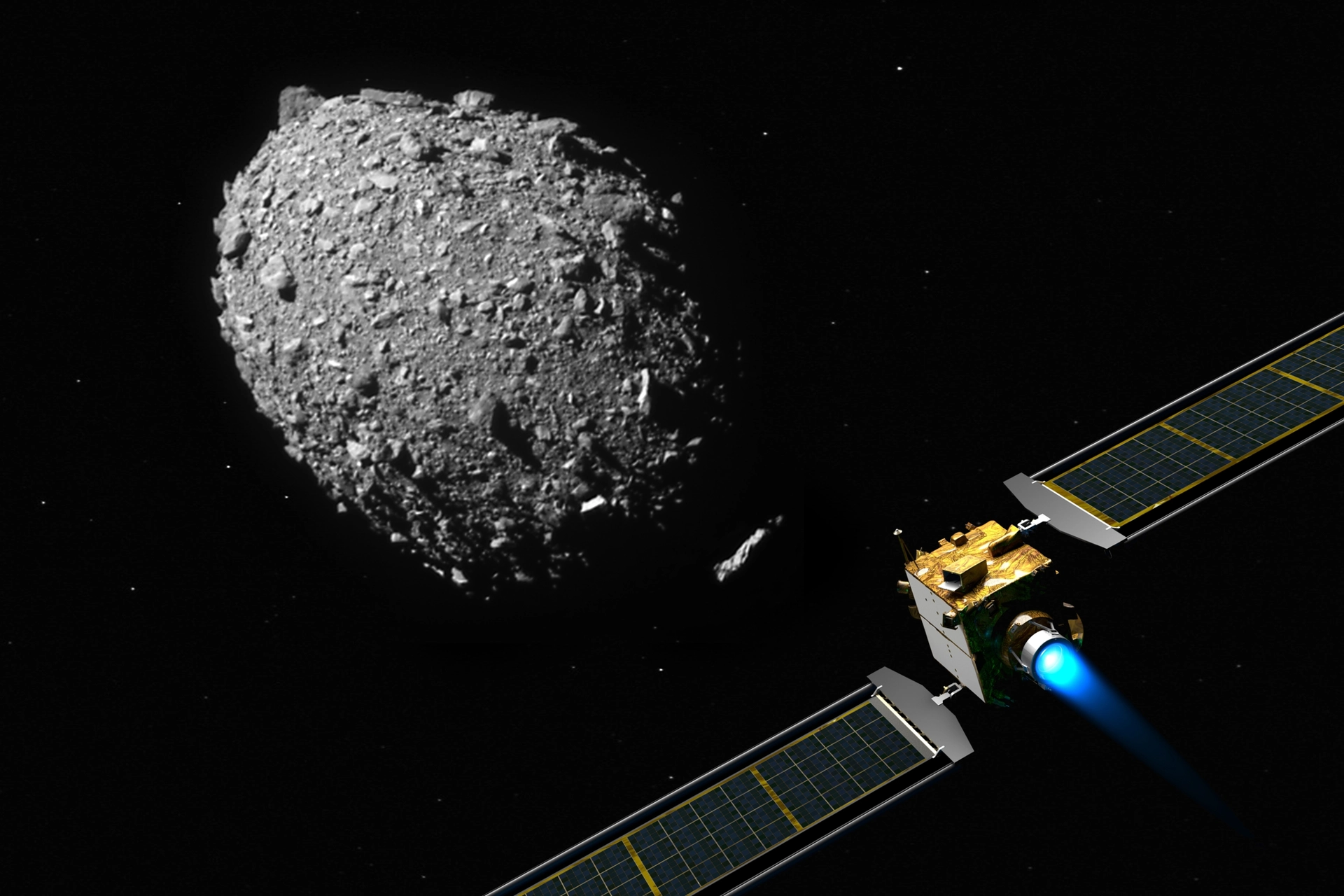
Illustration of the DART spacecraft with the Roll Out Solar Arrays (ROSA) extended.
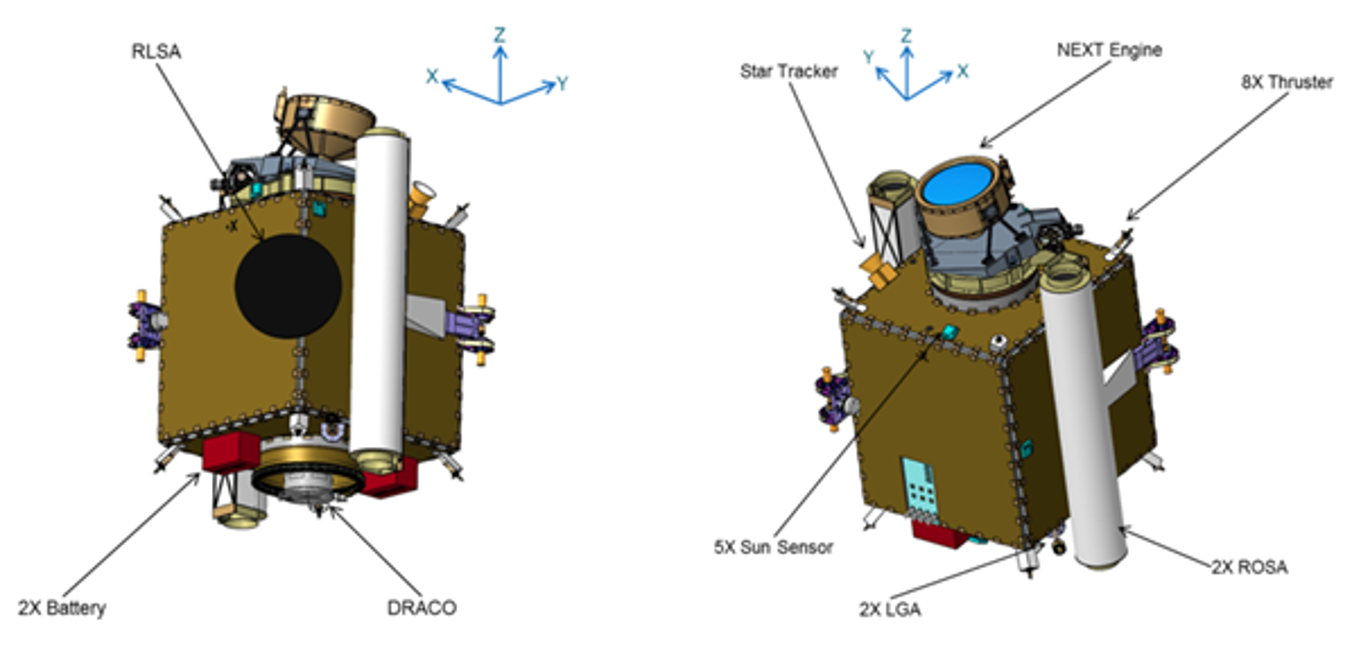
Each of the two ROSA arrays in 8.6 meters by 2.3 meters. Photo courtesy of NASA
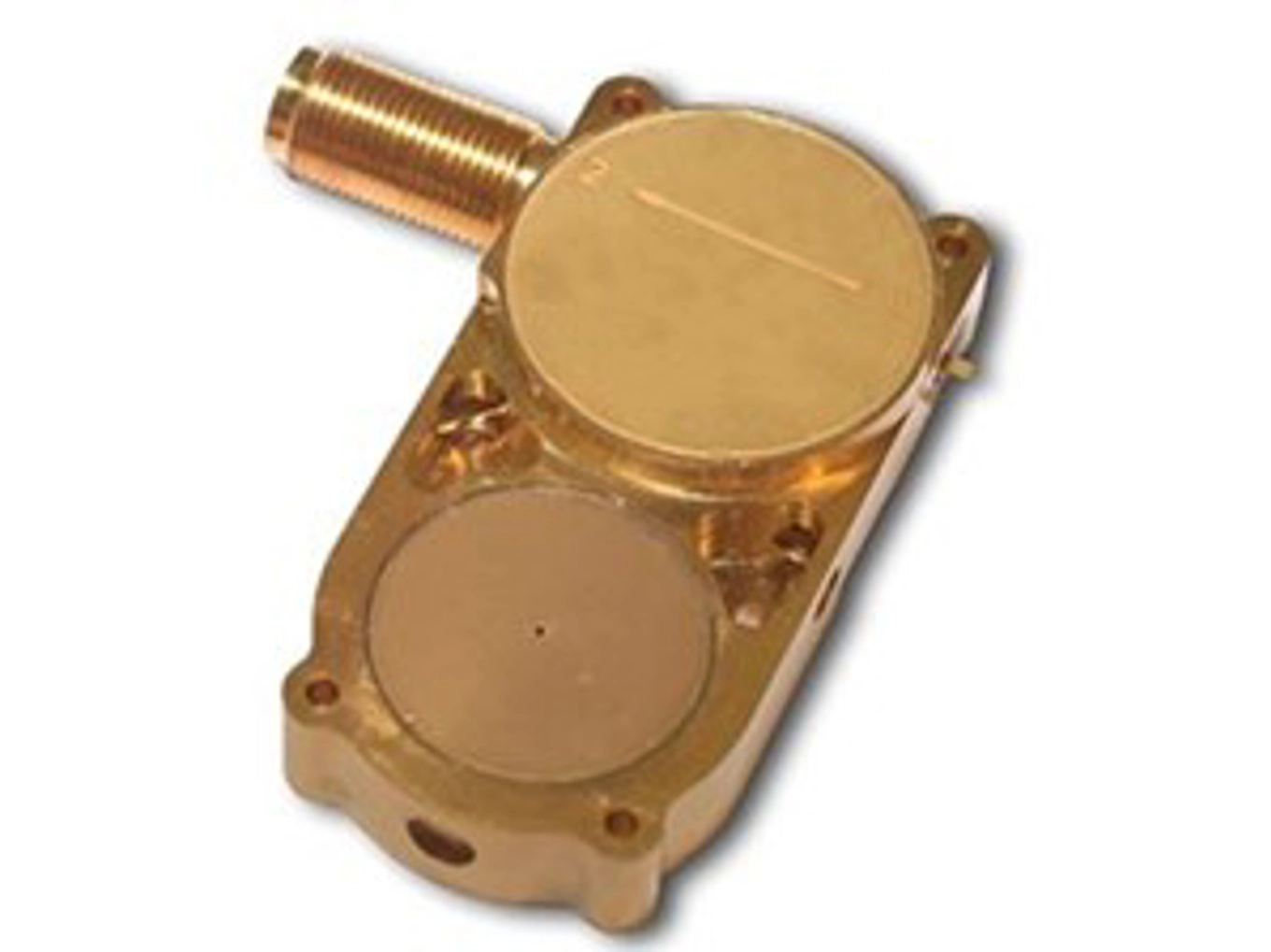
Photo courtesy of NASA
Related insights

Cool thinking solves hot climate challenge
Read our latest #EngineeringExplained exploring the Earth-critical revolution of Heating, Ventilation and Air Conditioning
Find out more
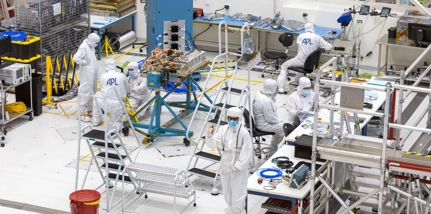
Searching for E.T.
Read our latest Engineering Explained insight on Smiths Interconnect's role in NASA’s Europa Clipper - to search for life on the fourth largest of Jupiter’s 95 moons.
Find out more

Integrating a sustainable ethos into our products
Find out more


